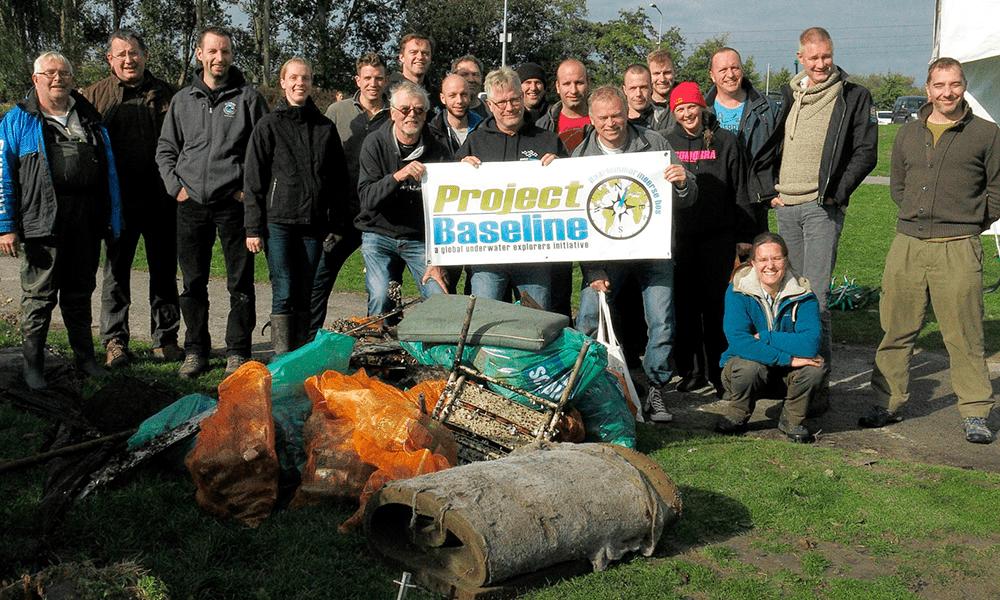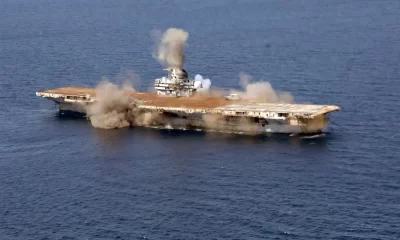Conservation
The Data: Haarlemmermeerse Bos

By Axel Gunderson
We have been collecting temperature, visibility, and photographs from the man-made lake in Haarlemmermeerse bos, a 115-hectare park-like area to the northwest of Hoofddorp in the Netherlands since November of 2011. Our location is a citizen science playground.
The lake is isolated, fairly small (22 hectares) with a maximum depth of 20 meters. The most interesting feature is a water mixing system, which the water authority phased out over a period of three years. It had been operational since 1999 to help minimize cyanobacteria blooms until 2012. In 2013, the mixing system first became inactive because it was written off due to the expense. In June 2014, we still found five varieties of stonewort (Chara), which represents good water quality and is a perfect visible bioindicator. In August 2014, the first cyanobacteria bloom was suppressed by starting the mixing system again, which was kept in standby mode between 2013 and 2015.
As of 2013, the spined loach, a native fish, disappeared. It had been around for years as well as a species of freshwater jellyfish, but the latter can be related to stratification. The jelly fish reappeared in 2015 when the mixing system was active (at 40% power) for the entire season and no cyanobacteria blooms occurred. Stonewort, an aquatic plant species of the genus Chara and a valuable bioindicator, went from five to one species in two years’ time. As of 2017, stonewort had disappeared from the lake. Funny enough, the two main parameters, vertical visibility and temperature, remained rather constant over the span of seven years. The average temperatures are between 11.7 and 13.6 degrees Celsius at three meters depth, and the average vertical visibility is between 5.5 and 6.1 meters.
These two parameters did not seem to correlate with the disappearance of the stonewort. Chemical values of the water did change rather drastically though. Thanks to Harry van Goor, a rise of phosphate levels since 2014 was measured. That is just one of the catalysts for cyanobacteria blooms. This is a fact: Warm, high-phosphate water (upto 1,8 Mg/L) is pumped in surface water of the lake in the summer to maintain a certain water level. A sufficient water level allegedly prevents the influx of saline well water.
In 2018, hydrogen peroxide was applied to kill cyanobacteria for the first time. Two weeks later, another cyanobacteria species became very abundant. We also noticed a high mortality rate amongst older bivalves (freshwater molluscs), while younger specimens were unaffected.
My view based on collected data is that a new water mixing system suppresses cyanobacteria blooms but can’t stop them, and it’s very expensive. But, what if the phosphate source was taken out of the equation? Our goal for 2019 is to monitor saline levels near the bottom in relation to fluctuating water levels. Our Project Baseline initiative reports changes to the water agency, as well as vets ideas and theories about the status of the lake. Check out the data collected in the lake by visiting the Project Baseline’s online spatial database. View more of our data.
team monitors this station every two weeks, and changes are sometimes very spectacular. The station is on one of the vertical concrete piles that supports a restaurant and stands free in the water at about 13 meters. At 3 meters depth, a simple station was created by using a rope tied around the pile. At this depth, light and temperature are variable during seasonal changes.
Interested in more data? Check out last month’s data highlight.
Axel Gunderson has been diving for 12 years and can’t get enough of it. In 2011 he got his GUE Fundamentals certificate.That soon lead to starting a Project Baseline location in his favorite lake, which lies in the town of Hoofddorp in the Netherlands.
The Project Baseline initiative is driven by data collection. With an online spatial database that hosts the collection efforts of over 100 teams in over 30 countries, anyone can access the temperature, visibility, and images from these aquatic locations.




















































